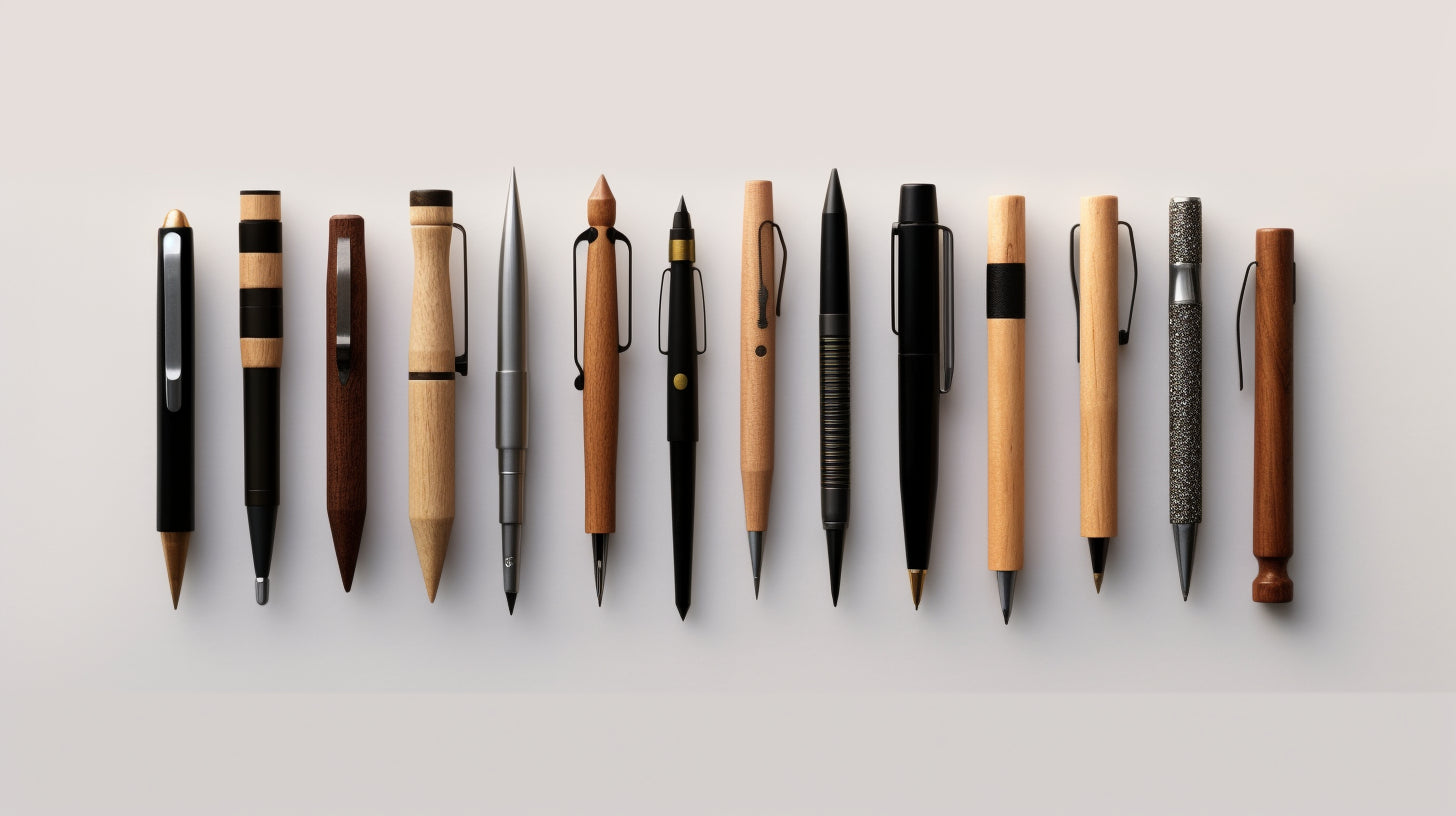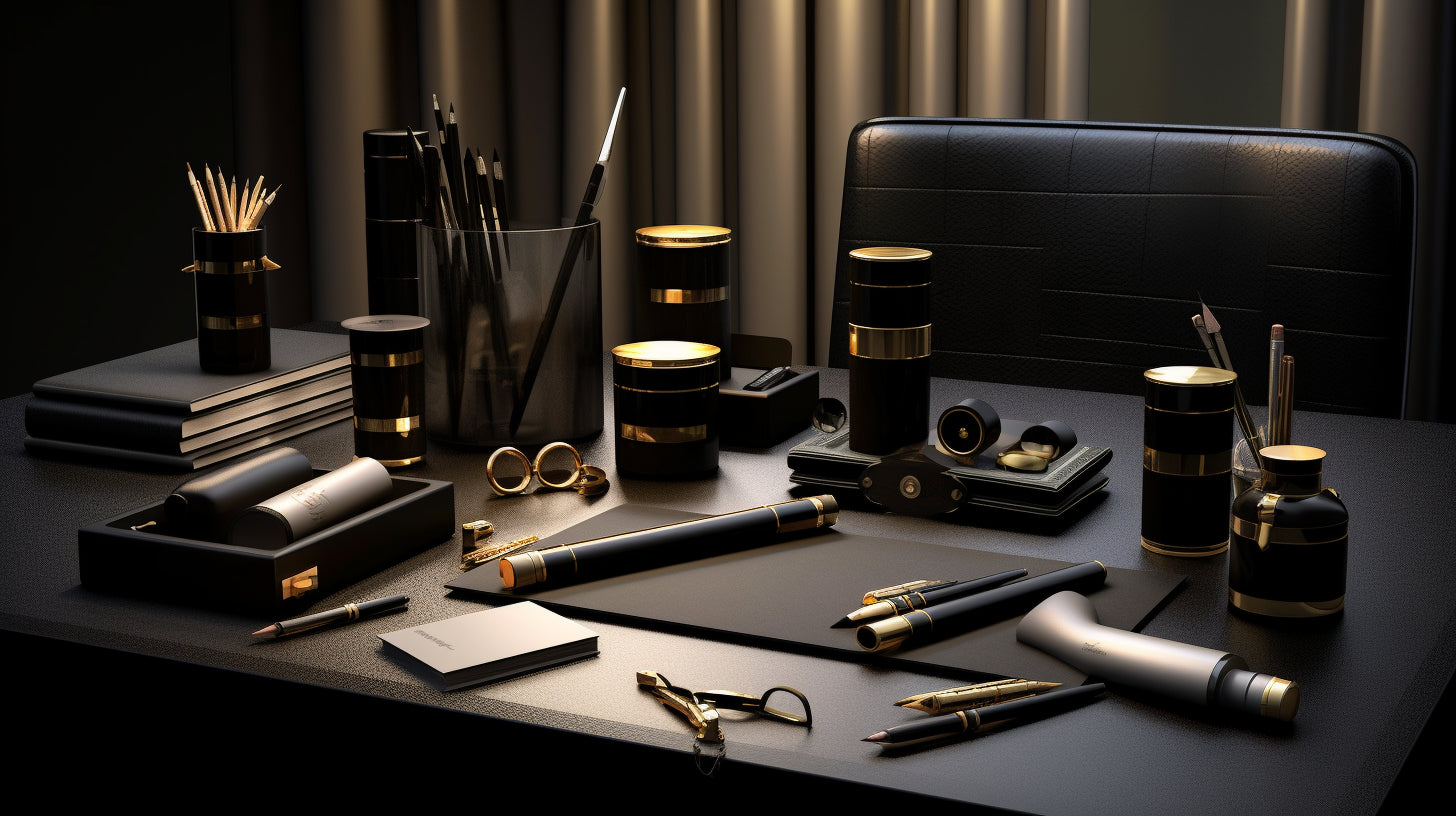
Wood Pens vs. Wood Pen: What Sets Them Apart
Understanding the subtle differences between wood pens and wood pen may not seem important at first glance, but for aficionados of writing instruments, these distinctions can be crucial. In this article, we will delve into the world of wooden pens and shed light on the various aspects that set apart these two seemingly similar items. So whether you're an avid collector, a passionate writer, or simply someone who appreciates the beauty and artistry in wooden fountain pens, this guide will provide an insightful and thorough examination of these elegant writing instruments.
Table of Contents- Materials and Composition
- Design and Aesthetics
- Functionality and Writing Experience
- Craftsmanship and Manufacturing
- Price and Value
- Environmental Sustainability
- Care and Maintenance
1. Materials and Composition
Both wood pens and wood pen can be fashioned from a variety of wood species. However, different woods impart distinct characteristics in terms of overall appearance, weight, and durability. Some popular choices for wooden pens include:
- Exotic hardwoods: Known for their rich colors and intricate grain patterns, these woods lend a sense of luxury and sophistication to the writing instrument.
- Domestic hardwoods: These woods are sourced locally and may not be as flashy as their exotic counterparts but still possess a timeless charm and aesthetic appeal.
- Bamboo: A sustainable and eco-friendly option, bamboo pens offer a lightweight and durable writing instrument with a unique appearance.
2. Design and Aesthetics
The design and aesthetics of a wooden pen can greatly affect its appeal as a writing instrument, and differentiating between a wood pen and wood pens is essential. While many aspects of design are subjective, the following factors play a role in determining the overall look and feel of wooden pens:
- Shape: The shape of the pen can affect its overall balance, ergonomics, and appearance. Look for a design that offers a comfortable grip and complements the natural beauty of the wood.
- Finish: The finish used on a pen can showcase the wood's natural beauty, protect it from damage, and add a layer of depth to the pen's appearance. Common finishes include oils, waxes, and lacquers.
- Hardware: The metal components of a pen, such as the nib, clip, and cap, can vary widely in terms of quality and design. They should be chosen to match the overall aesthetic of the pen and contribute to its functionality.
3. Functionality and Writing Experience
The most important aspect of any pen is how it writes. A pen's functionality and writing experience depend largely on its wood type, design features, and the quality of its materials. Consider the following factors when comparing wood pens and wood pen:
- Nib materialand size: The nib is the heart of any fountain pen, responsible for transferring ink to the paper while providing a smooth writing experience. Look for a well-crafted nib made from quality materials, such as gold, stainless steel, or iridium, that suits your writing style and preferences.
- Ink flow: A well-designed pen should provide consistent and controlled ink flow, without leaks or excessive dryness. This ensures a pleasing and frustration-free writing experience.
- Ergonomics: The overall balance, weight, and shape of a pen can affect the level of comfort and writing enjoyment. Choose a pen that feels well-balanced in your hand and offers a comfortable grip.
4. Craftsmanship and Manufacturing
What truly sets wood pen apart from wood pens is the level of craftsmanship and attention to detail that goes into the creation of each piece. Look for signs of quality such as tight tolerances, precise assembly, and a refined finish. Here are some key factors to consider:
- Handmade or machine-made: While machine-made pens may be more consistent in terms of quality and accuracy, handmade pens can offer a unique and artisan touch to the writing experience.
- Quality control: A reliable manufacturer should ensure that each pen meets a certain standard of quality before leaving the workshop. This can include measures such as rigorous testing and inspection.
- Brand reputation: A company with a good reputation for producing quality pens is likely to stand behind their products and provide excellent customer service.
5. Price and Value
As with any luxury item, the price of a wooden pen can vary widely and is often reflective of its quality, materials, and craftsmanship. It is essential to weigh the price against the perceived value of the pen, taking into account factors such as its aesthetic appeal, durability, and writing experience. When comparing wood pen and wood pens, remember that a higher price does not always equate to a better product.
6. Environmental Sustainability
For environmentally conscious consumers, the choice between wood pens and wood pen should extend beyond aesthetics and functionality. Sustainable materials and manufacturing practices can help protect our planet and reduce demand on limited resources. Consider the following factors:
- Wood source: Choose pens that use wood from sustainably managed forests, or reclaimed materials that would otherwise be discarded.
- Production process: Opt for pens produced using environmentally responsible methods, including eco-friendly finishes and reduced waste during the manufacturing process.
- Company values: Support companies that prioritize sustainability and ethical practices in their business operations.
7. Care and Maintenance
Proper care and maintenance are essential for prolonging the life and performance of both wood pens and wood pen. Keep the following considerations in mind to ensure your wooden pen stays in excellent condition:
- Cleaning: Regularly clean the pen's nib and feed system to prevent ink clogging, staining, and damage.
- Storage: Store your pen in a protective case or box when not in use to prevent scratches, dents, and fadingfrom exposure to sunlight.
- Refills: Always use quality ink and refills, as cheaper alternatives may cause damage to the pen's inner mechanisms or impair its writing function.
- Handling: Handle your pen with care, avoiding rough handling or dropping on hard surfaces. This will reduce the risk of damage to the delicate nib and feed system.
Frequently Asked Questions
-
What is the difference between a wood pen and wood pens?
The primary difference between wood pen and wood pens lies in their individual craftsmanship, materials, and design elements. The term "wood pen" generally refers to a single, unique writing instrument, while "wood pens" refers to a group or collection of wooden writing instruments, which may have different styles and characteristics.
-
How do I choose the right wooden pen for my writing style?
To choose the right wooden pen, consider factors such as its overall balance, weight, shape, nib material, and size. It's essential to find a pen that feels comfortable and well-balanced in your hand and offers a smooth and consistent writing experience.
-
Are wooden pens more sustainable than plastic or metal pens?
Wooden pens can be more sustainable than plastic or metal pens, depending on the wood source and production process. Choose pens made from sustainably harvested wood, reclaimed materials, or eco-friendly alternatives like bamboo for a more environmentally-friendly option.
-
How often should I clean and maintain my wooden pen?
The frequency of cleaning and maintenance depends on how often you use your pen and the type of ink you use. As a general guideline, clean your pen's nib and feed system every few weeks to prevent ink clogging and staining. Regularly inspect your pen for signs of wear or damage, and address any issues as needed.
-
Do wooden pens require any special care compared to non-wood pens?
Wooden pens require some additional care compared to non-wood pens due to their natural materials. Protect the pen's finish by storing it in a case or box when not in use, and avoid exposing the pen to excessive heat, humidity, or direct sunlight, which can cause warping or fading.
In conclusion, understanding the nuances and variations between wood pen and wood pens can help you make a more informed decision when choosing a writing instrument. By considering factors such as materials, sustainability, craftsmanship, and functionality, you can find a pen that aligns with your preferences and values and offers a truly enjoyable writing experience.






Leave a comment
This site is protected by hCaptcha and the hCaptcha Privacy Policy and Terms of Service apply.